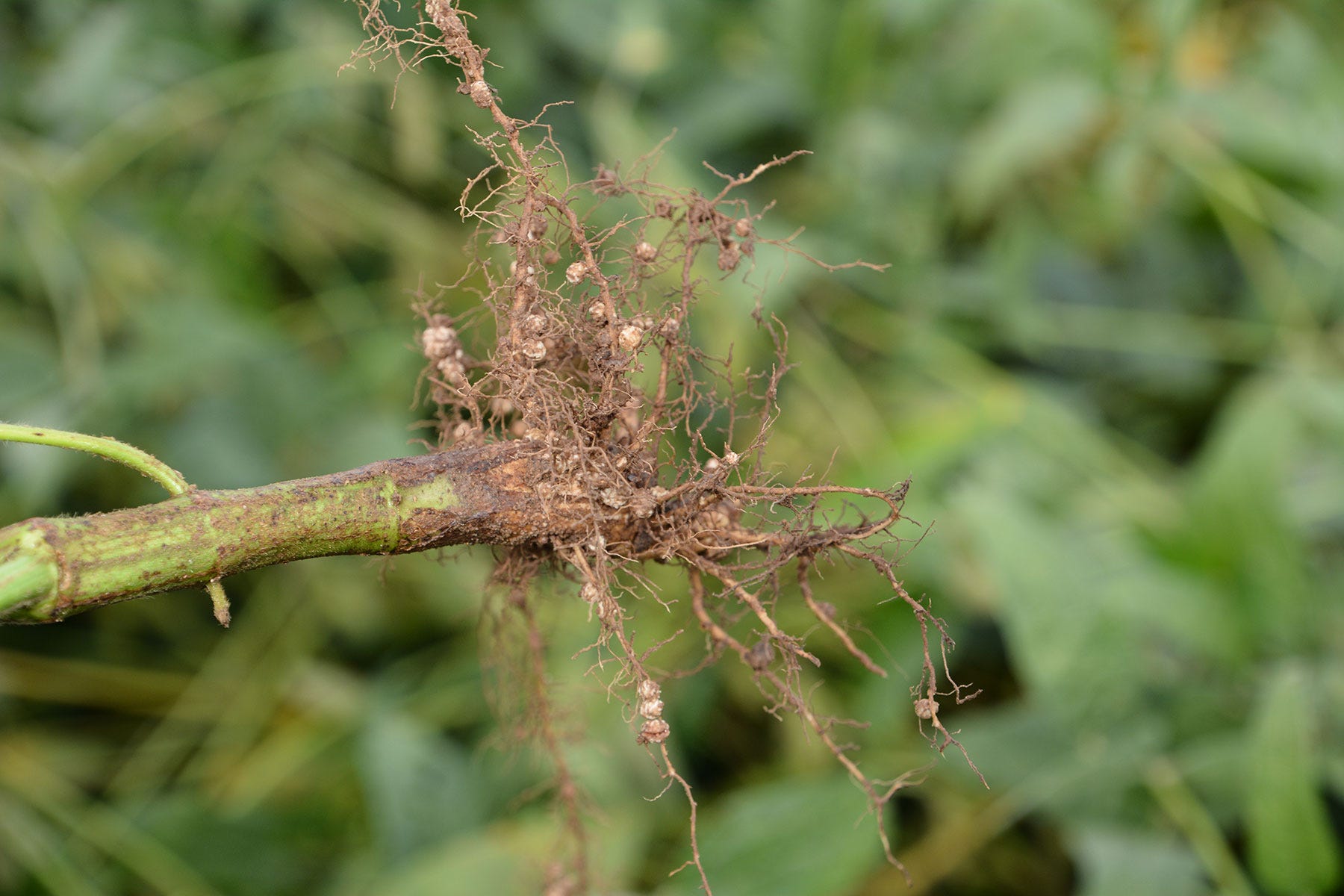
Steve Gauck pulled back the canopy in one of the better-looking locations in the Soybean Watch ’23 field and was impressed with what he saw. He was greeted with a mass of pods — several pods per node, especially in the midsection of plants where most yield power originates.
So, Gauck, a regional manager for Beck’s based near Greensburg, Ind., pulled a plant for a closer look. Beck’s sponsors Soybean Watch ��’23.
“When I began examining the plant, I was impressed by the number of branches coming off that one plant,” he recalls. “The amazing thing is it wasn’t just a plant off by itself. If you are going to find a heavy-branched, heavy-podded soybean plant, that is usually where you find it. But this plant had neighbors. While not as robust as this plant, they also had more pods than a normal plant.”
Gauck began counting pods, knowing that in a normal field with a population of about 150,000 plants per acre, somewhere around 30 pods per plant is considered good.
“I found that many [pods] each on a couple branches,” he says. “There were well over 100 pods on that one plant. The secret besides the branching was close nodes, and multiple pods per node.”
When plant populations are lower, Gauck expects to find more pods per plant. At a population of 100,000, he looks for at least 75 to 80 pods per plant.

HEALTHY FOUNDATION: This is the plant loaded with pods. Note stem diameter and the healthy root system that supported this plant.
Why so many pods?
Gauck speculates as to what might have been going right for this plant:
Adequate time to grow. The field was planted in the first half of May. “Early planting tends to give soybean plants more time to develop more nodes, and if you have more nodes, you will likely have more pods,” Gauck says. “We continue to see advantages for early planting — even as early as mid-April, when conditions are right.”
Lack of stress. Because soil in this field is underlain with gravel, it is irrigated. The operator irrigated during the June drought, and as it turned dry again in late August. To aid in decision-making, Ceres Solutions installed a CropX soil moisture sensor, measuring soil moisture down to 48 inches. Betsy Bower, an agronomist with Ceres, provided weekly updates to the grower based on information transmitted from the probe. That helped the operator firm up plans for irrigating.
Good foundation. Gauck dug up roots with the plant. “There was a strong root system, still with many nodules present,” he says. “The nodules were no longer working bringing in nitrogen, and that should be expected at that point in the season. But it’s obvious that they provided all the nitrogen needed earlier in the season. I was also impressed by the large stem diameter on the plant.”
Population. Final population in this field was around 120,000 plants per acre. While still offering a good degree of insurance, it wasn’t so high that it led to excessive crowding, or fueled vegetative growth so rank that lodging became a major issue.
“Plants like this one are the foundation for high yields,” Gauck concludes. “It’s important to try to figure out what went right to produce this kind of plant so you can repeat it.”
About the Author(s)
You May Also Like




